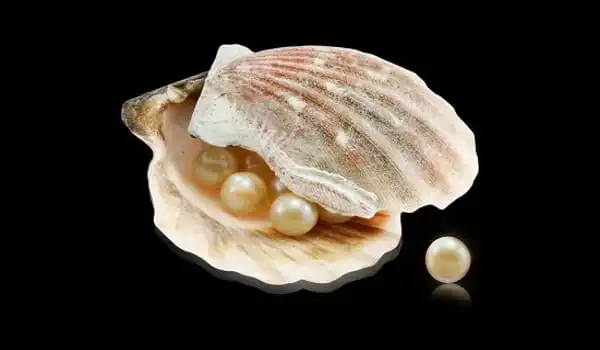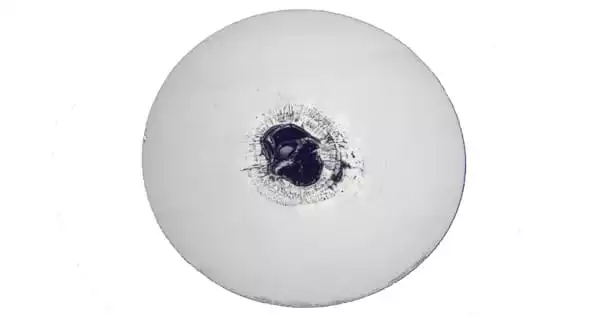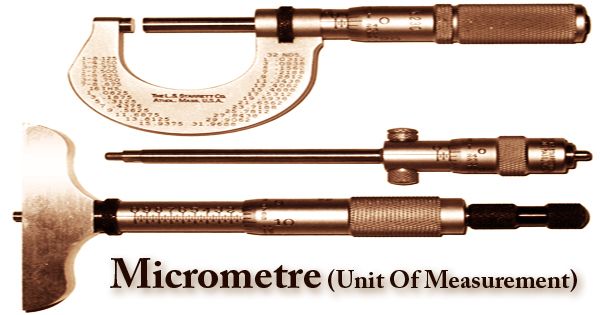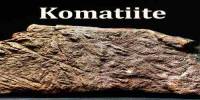When a speck of sand, dirt, or food particles get lodged within a mollusk, it forms a pearl. The creature detects the errant particle and proceeds to coat it with layers of aragonite and conchiolin, the minerals and proteins used by mollusks to construct their shells. However, until today, scientists did not fully grasp how mollusks make gorgeous and perfectly spherical pearls.
Researchers have been baffled for years as to how oysters create astonishingly symmetrical, perfectly spherical pearls around oddly shaped grains of sand or bits of detritus. A team of researchers has now demonstrated that oysters, mussels, and other mollusks employ a complicated method to develop diamonds that follow mathematical patterns seen throughout nature.
Pearls arise when an irritant becomes trapped inside a mollusc, and the animal defends itself by forming smooth layers of mineral and protein — known collectively as nacre — surrounding it. According to a study published in the Proceedings of the National Academy of Sciences, each new layer of nacre produced over this asymmetrical core adjusts perfectly to the ones before it, smoothing out flaws to produce a round pearl.
Nacre is this extremely beautiful, iridescent, shining material that we see within some seashells or on the outside of pearls. These simple creatures are manufacturing a super light and very durable material so much easier and better than we do with all our technology.
Laura Otter
“Nacre is this extremely beautiful, iridescent, shining material that we see within some seashells or on the outside of pearls,” explains Laura Otter, a biogeochemist at the Australian National University in Canberra.
Otter and her colleagues determined that a pearl’s symmetrical growth as it lays down layers of nacre is dependent on the snail balancing two essential capacities. It corrects growth aberrations that arise as the pearl develops, preventing such differences from spreading across the pearl’s many layers. Otherwise, the finished product would be unbalanced.
Furthermore, the mollusk controls the thickness of nacre layers, so that if one layer is particularly thick, succeeding layers will be thinner as a result. This allows the pearl to maintain a consistent average thickness across its thousands of layers, resulting in a flawlessly round and uniform appearance. A pearl without that continual adjustment may resemble layered sedimentary rock, accentuating minor flaws that detract from its spherical shape.

The researchers studied Keshi pearls collected from Akoya pearl oysters (Pinctada imbricata fucata) at an eastern Australia coastal pearl farm. They used a diamond wire saw to cut the pearls into cross sections, then polished and examined the gems using Raman spectroscopy, a non-destructive technique that allowed them to characterize the pearls’ structure. For one of the pearls showcased in the paper, they counted 2,615 layers, which were deposited over 548 days.
The investigation indicated that oscillations in the thicknesses of the pearls’ nacre layers reflect a phenomenon known as 1/f noise, or pink noise, in which seemingly random events are actually related. In this situation, the creation of varied thicknesses of nacre layers may appear random, but it is actually dependent on the thickness of prior layers.
Seismic activity exhibits the same phenomenon: The ground rumble appears to be random, yet it is actually related to previous recent earthquake activity. According to coauthor Robert Hovden, a materials scientist, and engineer at the University of Michigan in Ann Arbor, pink noise can be found in classical music as well as while measuring heartbeats and brain activity. These phenomena “belong to a universal class of behavior and physics,” Hovden says.
This is the first time that researchers have reported “that nacre self-heals and when a defect arises, it heals itself within a few [layers], without using an external scaffolding or template,” says Pupa Gilbert, a physicist studying biomineralization at the University of Wisconsin–Madison who wasn’t involved with the study. “Nacre is an even more remarkable material than we had previously appreciated.”
“These simple creatures are manufacturing a super light and very durable material so much easier and better than we do with all our technology,” Otter observes. Nacre, which is made up of just calcium, carbonate, and protein, is “3,000 times tougher than the ingredients from which it is created.”
According to Hovden, this new understanding of pearls could inspire “the next generation of super materials,” such as more energy-efficient solar panels or durable and heat-resistant materials ideal for use in spacecraft.
















